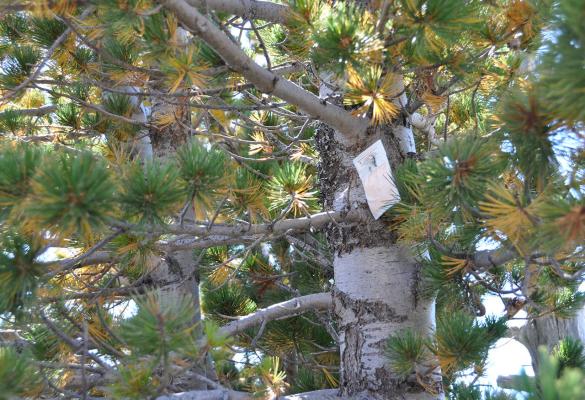Invasive and Nuisance Pest and Pathogen Removal
An invasive or nuisance pest is synonymous with a species that causes harm to humans or the environment (USGS n.d.b). Unlike invasive species, nonnative species are organisms that do not occur naturally in an area but do not necessarily cause harm. Nonnative species are typically introduced to areas by humans (NPS 2020). This summary focuses specifically on invasive and nuisance insects and pathogens. Invasive pathogens are bacteria, fungi, or viruses that enter habitats to which they are not native and pose disease risks. Invasive pathogens can be particularly devastating if the host species has not been introduced to the particular type of pathogen (USGS n.d.a). Invasive pathogens are a substantial cause of death for tree species in particular (Haight et al. 2011). Invasive insect incursions are typically low-probability but high-consequence events that can cause ecological, economic, and aesthetic devastation (Venette and Hutchinson 2021). Many invasive insects come to the United States after hitchhiking on plant material originating in other countries (Hill et al. 2016). Nuisance species can either be native or nonnative, but always cause ecological or economic harm (Gwise 2021). Both invasive and nuisance insects and pathogens can be extremely destructive and, in most cases, human intervention of some kind is necessary.

Case Studies
Alert System Helps Strawberry Growers Reduce Costs
And the Trees Will Last Forever
Chicago vs. The Asian Long- horned Beetle: A Portrait of Success
Collins Emerald Ash Borer (EAB) Management and Response Plan
County-Wide Collaboration Reduces Flood Risks and Insurance Rates
Fortifying Chicago's Urban Forest
Wastewater Recharge and Wetland Construction by the City of Tucson
Tools
Assessing and Managing Invasive Species within Protected Areas
Cohesive Approach for Invasive Species Management in the Northeastern U.S.
Invasive Species Strategic Plan 2021-2025
National Plant Diagnostic Network
Safeguarding America's Lands and Waters from Invasive Species
US DOI Funding Guide for Invasice Species Management
US Department of the Interior (DOI) Training Related to Invasive Species Management
Likely Benefits and Outcomes
This strategy is likely to achieve these project goals. Click to search for strategies with a similar benefit.
Related Green (natured-based) vs. Gray infrastructure
In development.
